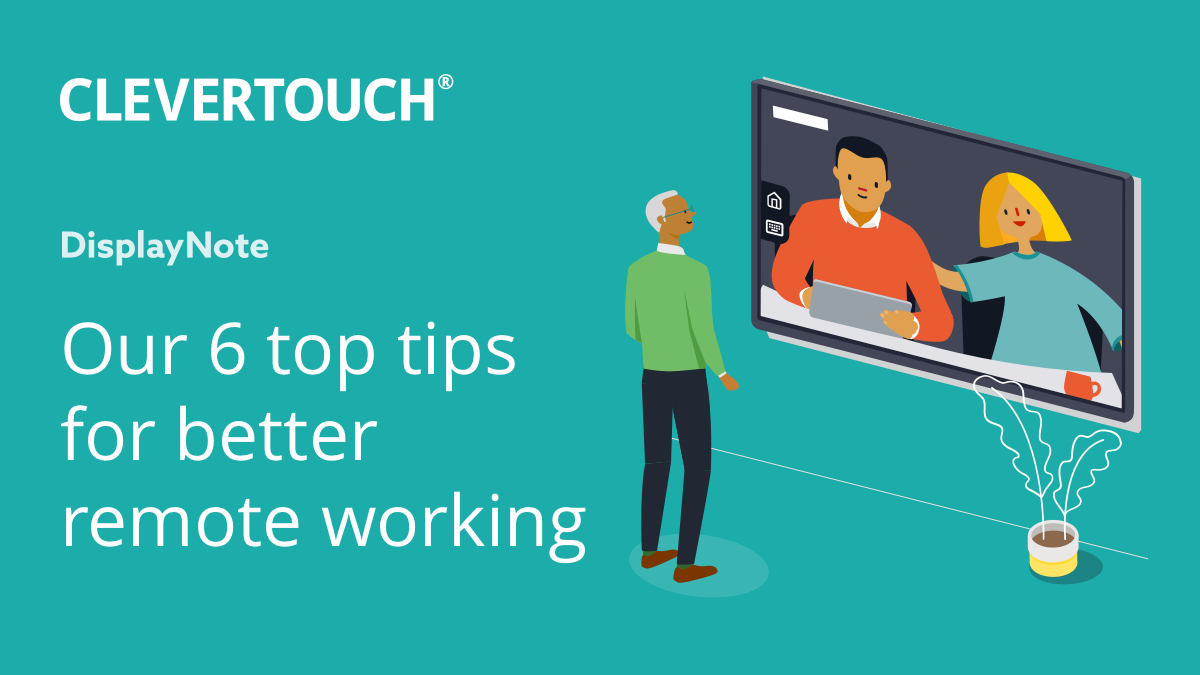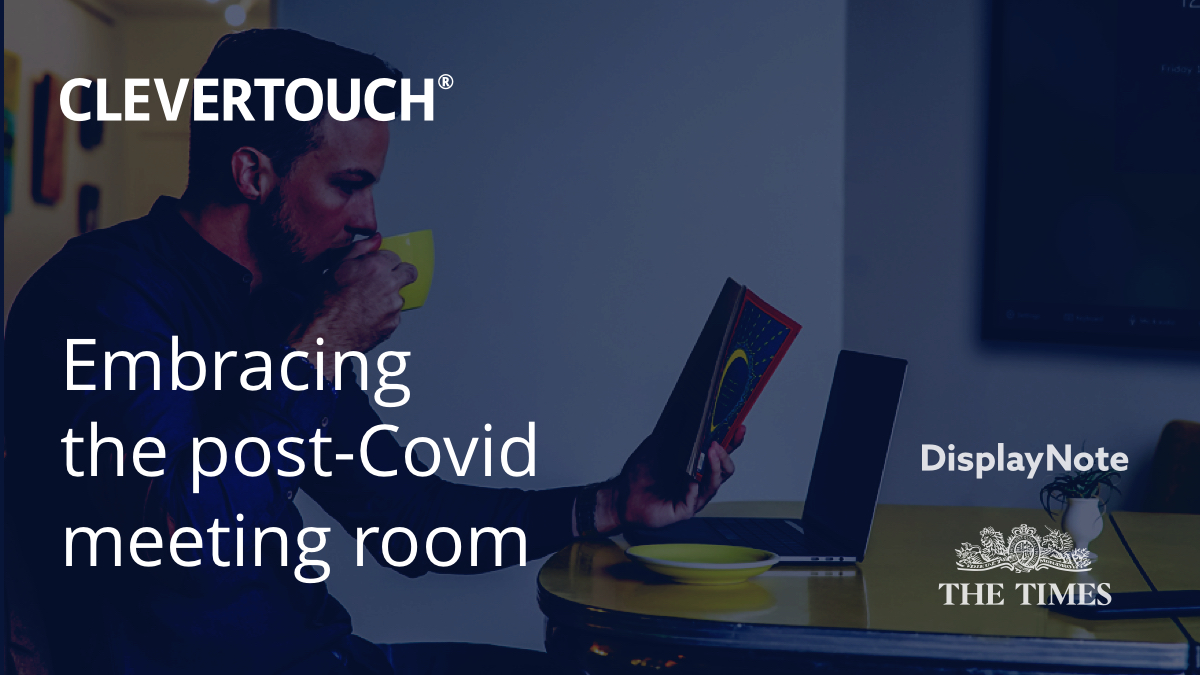In recent months, remote working has become ubiquitous for businesses across the globe. An estimated 47% of the workforce had transitioned from the office to the spare bedroom by April. Given the ongoing threat of the pandemic and the emerging trend towards hybrid offices, remote working isn't going away anytime soon. In fact, Global Workplace Analytics estimates that 25-30% of the workforce will be working from home in some capacity by the end of 2021.
Adapting to this new style of work isn't without its challenges. As many international companies will gladly tell you, successful remote collaboration isn't easy; it takes work. People from different cultures, in different locations, on various projects don't just suddenly come together and function like a well-oiled machine.
From a manager's perspective, you need to pay attention to when and how teams work together. This requires a critical evaluation of face-to-face time, the technology used, the design of shared spaces, and the access and sharing of information. It's here that you'll identify what is gained and lost in terms of productivity and efficiency.
65% of over 25s with existing mental health conditions reported worse mental health as a result of COVID-19.
Remote working presents a challenge for employers to create a system of work that promotes worker wellbeing and supports growth.
In this article, we examine some of the challenges of remote collaboration and provide insights on how to avoid them.
Align Time Zones
If you work with teams that are in different time zones, it's crucial to dedicate time for connection when all of your team are online. This might not be an issue if one team is in London and another in France (+1 hour), but it can become a productivity blocker if you have a team in London and another in Japan.
Communication can become delayed: you send an email and then wait to the next morning for a response. They send a reply, then wait for your response. Efficiency becomes diluted. The solution? Staggered working hours.
The London team come in early, Tokyo stays late. This doesn't have to be every day; even a few days a week is an excellent place to start to improve your flow of communication.
Work on Content Together
When working with teams in other locations, it's valuable to collectively discuss project updates, new initiatives, and sticking points. There are a plethora of screen-sharing solutions out there, so you can show what you're working on to others and discuss things at the same time.
Personally speaking, we tried a lot of them, but they just didn't solve our problems at all. We were seeing each other's content but missing the context. We were redlining documents back and forth until it became indecipherable.
This is why we created Montage, our very own Wireless Presentation System. Anyone, anywhere can connect to a meeting and share their screen, content, webcam, and audio up to our meeting room display; they can also see our content. Presenters no longer spend half of the meeting trying to access their files, and attendees don't miss any content or context; we actually do work together.
Cultivate Trust
Faced with the prospect of remote working, many managers will ask, 'how do I know my employees are working?'. The response is, how do you know they're working now?
For remote working to succeed, companies need to foster an atmosphere of trust, empowerment, and transparency. Some have suggested that in response to the changing patterns of work and employment, now is the time to create a new social contract between employer and employee. The antiquated idea of individuals sitting at a desk from 9-5 no longer equates to the actual output of a company. It's now about how people work, as opposed to how long.
Many industry leaders are following this line of thinking, with companies like Netflix and Gitlab taking a more nuanced approach to the workday. At Netflix, staff are free to choose what they work on and take as many holidays as they need. Similarly, Gitlab's entirely remote teams enjoy a workday spiked with bursts of leisure time, opting for asynchronous communication (in the form of recorded video messages) opposed to the standard 'in-person' live calls. Ultimately, these companies realize the value of freeing their staff from the shackles of the rigid establishment. Engaged employees are productive employees.
Smart Data Storage
In today's work environment, it's essential to store resources in a location everyone can access. Struggling to find an attachment or file is a frustration everyone can do without. If there's a time-zone difference, it's even more disruptive; they can't call and check with the main office because everybody went home 4 hours ago!
Applications like Sharepoint, Google Drive, and Dropbox keep everything together in one place. Our Launcher meeting room solution has been developed to access these applications easily when you use the meeting room display screen. Plus, the built-in security functions means your data is cleared after the presentation.
Keep It Transparent
Transparency is key for remote collaboration. When you're side-by-side, it's easy to see and hear what others are working on. When you're remote, it's different.
Using tools like I Done This, Montage for Teams, Asana, or Trello to check on the status of a project makes it easy for everyone to see what everyone else is doing. That way, your entire team is in the loop, and remote collaboration feels a lot more useful than a 30 message long email chain spread over a week.
Make Face-Time Count
It might be once a week, or even once a month, but maximizing the value of face-to-face collaboration will ultimately leave teams feeling more connected and synchronized with what's happening. 92% of respondents surveyed admitted to multitasking in meetings. While we're all guilty of this, the real culprit is often ineffective or poorly organized meetings.
With DisplayNote Launcher, starting a presentation or call is as simple as saying hello. Content can be shared seamlessly via the apps that your team uses every day. Plus, users can launch calls on the meeting room screen from the comfort of their personal device with remote 365 log-in. Are you ready to get more from your meetings?
Discover the benefits of Launcher in your business with a free trial
About the Author
This article is written by Julie Adams, a Content Specialist at DisplayNote. Julie is a writer and avid admirer of science, psychology & music. This article was first posted on DisplayNote.

